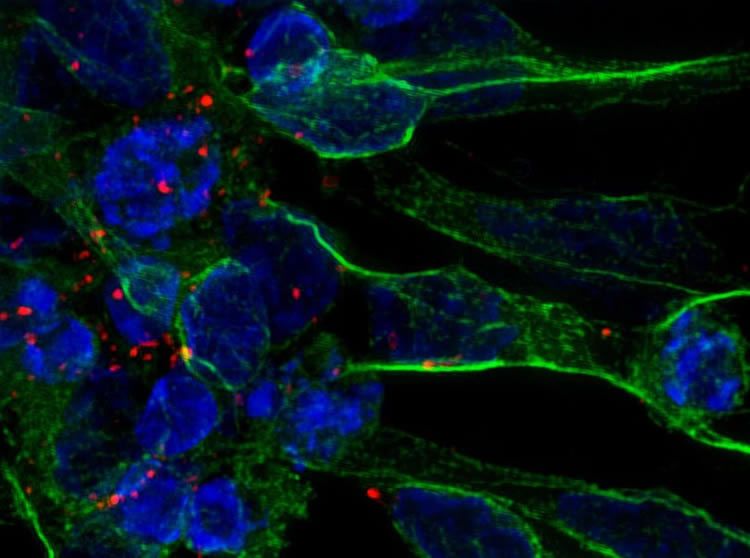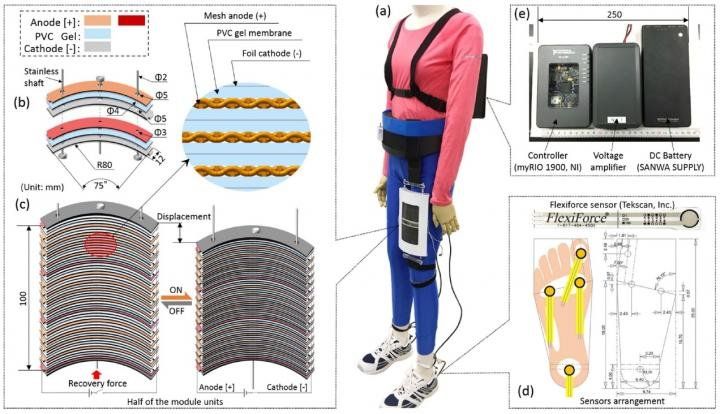“The recent launch of the SpaceX rocket Falcon Heavy is a good illustration of the entry of efficient and innovative private players into an arena long considered the preserve of national governments. But this does not mean that national competition in outer space is disappearing. If anything, it is actually accelerating in Asia. China’s growing space prowess is leading to a space race with India and Japan, which are beginning to pool their resources to better match Beijing.”
“The last few years have seen a wide range of reports from governments, think tanks, consultancies and academics exploring how the future of work might look. Many of these have revolved around the impact technology, and especially AI, might have on how (and indeed whether) we work.
The latest effort, from Bain’s Macro Trends Group, takes a slightly broader view and examines not just the technological landscape but also demographic and economic forces.”
“Five Landmark students, including Hansen, spent a year developing the game-based learning experience that does away with specialized terms, symbols, and formulas of a typical statistics course and replaces it with a Pokemon-like first-person adventure that exercises statistical thinking.”
“These days, Chinese scientists stand at least as good a chance of making a global impact on science from within China itself.”
Last year saw a historic first: an exercise in which an unmanned vehicle provided live covering fire for American troops.
In a historic first, the Army conducted a live fire exercise with a remote-controlled ground combat vehicle armed with a .50-caliber machine gun. It plans to conduct more exercises with more heavily armed ground robots within the next couple of years.
The demonstration was part of the annual Northern Strike exercise, which took place last July and August at Michigan’s Camp Grayling. Primarily geared toward reserve units, this year’s event debuted an unmanned, heavily armed M113 armored personnel carrier. The driver and the weapons operator followed behind in a slightly larger M577 command post vehicle.
Longevity become hottest object for investments;
Startup founded 5 moths ago just raised $250 million.
The start-up, which launched in September and is headquartered in Warren, N.J., announced Thursday it has raised $250 million in venture capital from global biopharmaceutical company Celgene, biotechnology company United Therapeutics Corporation, biopharmaceutical company Sorrento Therapeutics, DNA sequencing and machine learning company Human Longevity, Inc.
Its biological “Band-Aids” are used to accelerate the treatment of wounds and burns resulting from injury or any manner of reconstructive surgery, and its injectable stem cell products can accelerate the repair of a tissue or organ. These restorative products cost from a few hundred to a few thousand dollars per unit, according to Hariri. Celularity bought its stem cell bandage business earlier in January when it acquired Alliqua BioMedical for $29 million.
Advance brings us closer to growing transplant organs inside animals or being able to genetically tailor compatible organs, say researchers.
Nicola Davis in Austin.
Summary: A new treatment that uses extracellular vesicles filled with exosomes derived from human stem cells could help repair brain damage following stroke, researchers report.
Source: University of Georgia.
A team of researchers at the University of Georgia’s Regenerative Bioscience Center and ArunA Biomedical, a UGA startup company, have developed a new treatment for stroke that reduces brain damage and accelerates the brain’s natural healing tendencies in animal models. They published their findings in the journal Translational Stroke Research.
A collaborative research team has designed a wearable robot to support a person’s hip joint while walking. The team, led by Minoru Hashimoto, a professor of textile science and technology at Shinshu University in Japan, published the details of their prototype in Smart Materials and Structures, a journal published by the Institute of Physics.
“With a rapidly aging society, an increasing number of elderly people require care after suffering from stroke, and other-age related disabilities. Various technologies, devices, and robots are emerging to aid caretakers,” wrote Hashimoto, noting that several technologies meant to assist a person with walking are often cumbersome to the user. “[In our] current study, [we] sought to develop a lightweight, soft, wearable assist wear for supporting activities of daily life for older people with weakened muscles and those with mobility issues.”
The wearable system consists of plasticized polyvinyl chloride (PVC) gel, mesh electrodes, and applied voltage. The mesh electrodes sandwich the gel, and when voltage is applied, the gel flexes and contracts, like a muscle. It’s a wearable actuator, the mechanism that causes movement.









